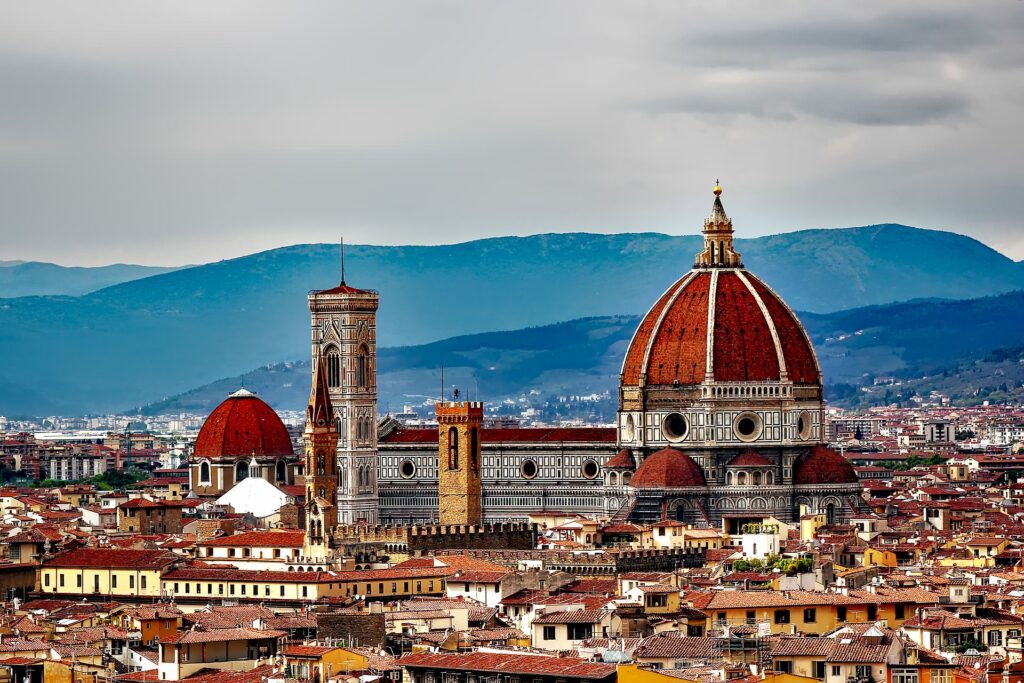ITALY
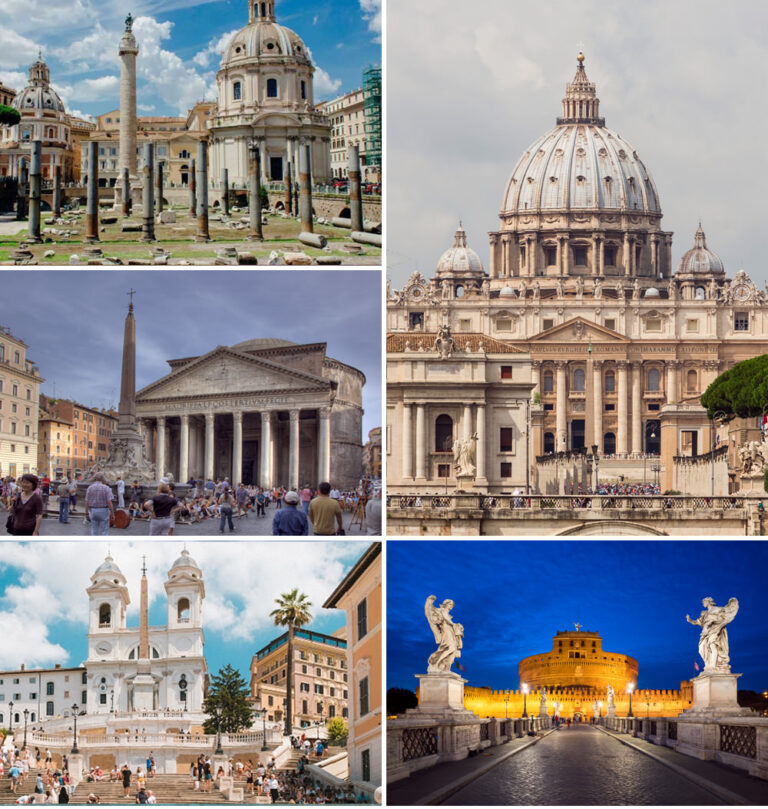
Repubblica Italiana (Italian Republic) or simply: Italia, nickname: ‘Bel Paese’ which means beautiful country.
Italy is a country in the south of Europe. Italy includes the Apennine Peninsula and three major islands in the Mediterranean Sea: Sicily, Sardinia and the Elbe. It has the only land border in the north, in the Alps, where it borders with France, Switzerland, Austria and Slovenia. The population – 62 million people live in Italy (2019).
The Capital is Roma (Rome), which is often called ‘Eternal City’, with 2.9 milion inhabitants, government is Democracy – Republic and language is Italian as well as German, French and Latin in some regions in Northern Italy. Italian is a language which roots are in the Latin language. Italian is also an official language in Switzerland, San Marino, Vatican city.
It comprises some of the most varied and scenic landscapes on Earth and is often described as a country shaped like a boot.
Italy’s extreme north and the major part of the south are mainly used for agriculture. In the north the main produce are dairy products and grains, while in the south mainly fruits and olives are harvested.
Italians lead a modern lifestyle especially in the urban centres but they also celebrate century-old cultural traditions. Famous festivals that are celebrated annually are the carnival celebrations before Lent. In Venice, these are said to originate in the 12th century.
At its broad top stand the Alps, which are among the world’s most rugged mountains. Italy’s highest points are along Monte Rosa, which peaks in Switzerland, and along Mont Blanc, which peaks in France. The western Alps overlook a landscape of Alpine lakes and glacier-carved valleys that stretch down to the Po River and the Piedmont. Tuscany, in the south of the cisalpine region, is perhaps the country’s best-known region. From the central Alps, running down the length of the country, radiates the tall Apennine Range, which widens near Rome to cover nearly the entire width of the Italian peninsula. South of Rome the Apennines narrow and are flanked by two wide coastal plains, one facing the Tyrrhenian Sea and the other the Adriatic Sea. Much of the lower Apennine chain is near-wilderness, hosting a wide range of species rarely seen elsewhere in western Europe, such as wild boars, wolves, asps, and bears.
The southern Apennines are also tectonically unstable, with several active volcanoes, including Vesuvius, which from time to time belches ash and steam into the air above Naples and its island-strewn bay. At the bottom of the country, in the Mediterranean Sea, lie the islands of Sicily and Sardinia.
In the South of Italy you will find Italy’s three active volcanoes: Vesuvius near Naples, Etna on Sicily and Stromboli off the Coast of Italy.
Italy is popular for its many picturesque ports and sandy beaches.
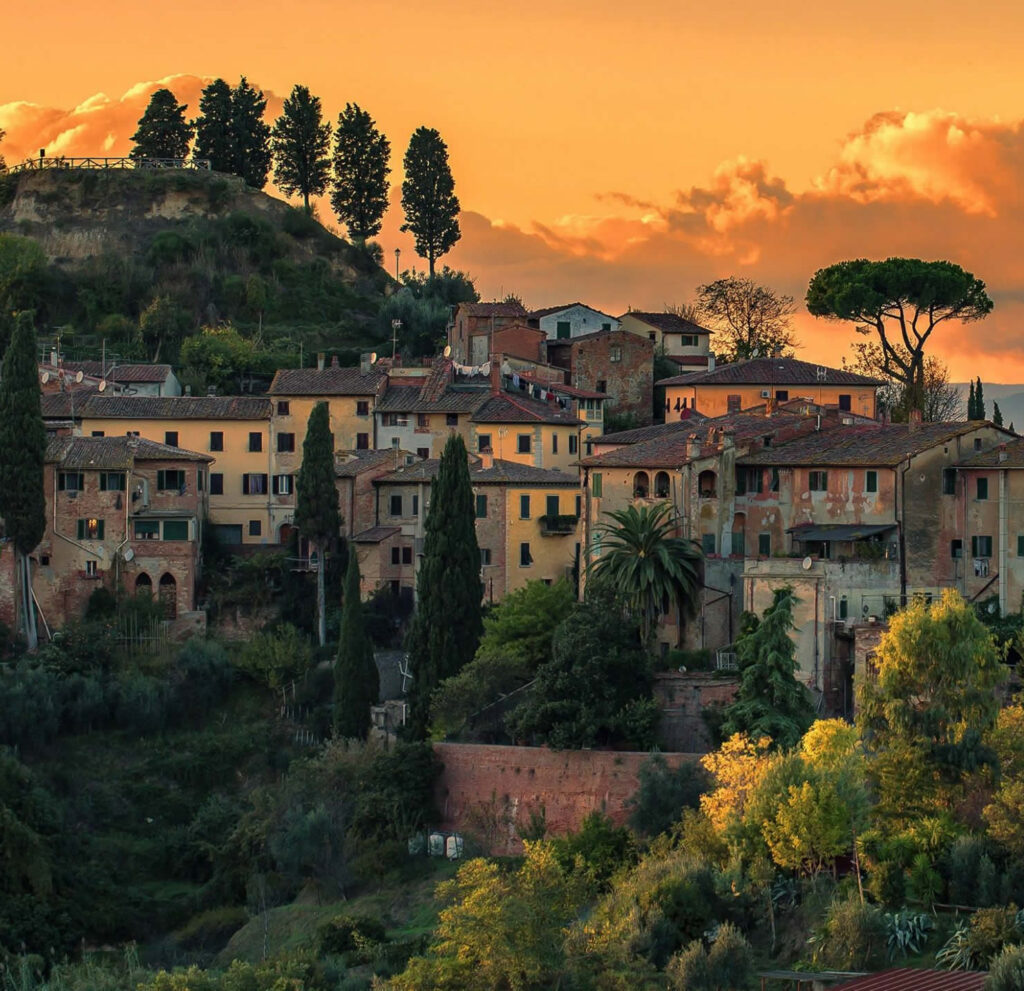
The country has a long history, as Rome was founded in 753 BC. After the Roman Empire broke down in 395 AD, there were many separate kingdoms and city states. Italy became one nation only in 1861 and since then the country also includes the islands of Sicily and Sardegna. The ‘Kingdom of Italy’ lasted from 1861 until 1946. During the second World War, Italy’s Prime Minister Benito Mussolini sided with the German Nazi regime. The Italian Republic was formed in 1946. Italy is founding member of the Eu.
Rome
Rome is Italy’s capital city and a wonderful place to learn about the Romans and ancient history as there are so many historic sites such as the Foro Romano with its ancient Roman ruins and Colosseum. It is the capital city and a special comune of Italy (named Comune di Roma Capitale) as well as the capital of the Lazio region. The city has been a major human settlement for over two millennia. It is the third most populous city in the European Union by population within city limits. It is the centre of the Metropolitan City of Rome.
Rome is located in the central-western portion of the Italian Peninsula, within Lazio (Latium), along the shores of the Tiber River. Vatican City (the smallest country in the world) is an independent country inside the city boundaries of Rome, the only existing example of a country within a city, for this reason Rome has sometimes been defined as the capital of two states. Rome’s history spans 28 centuries. While Roman mythology dates the founding of Rome at around 753 BC, the site has been inhabited for much longer, making it one of the oldest continuously occupied cities in Europe. The city successively became the capital of the Roman Kingdom, the Roman Republic and the Roman Empire, and is regarded by many as the first ever Imperial City and metropolis.
The number 1 attraction of Rome is the Colosseum, the large amphitheatre that housed 65,000 spectators in Roman days. Gladiators battled each other as well as wild animals in the Colosseum’s arena. In the giant ‘ruins’ of the Colosseum, you can visit the stands, the arena and the underground spaces of the largest Roman amphitheatre, which is considered one of the seven modern wonders of the world.
There are a lot of attractions and highlights to see like:
The Trevi Fountain – the most famous fountain in Rome and perhaps even the world.
The Pantheon – one of the best maintained buildings from Roman times.
The St. Peter’s Basilica, or ‘Basilica di San Pietro in Vaticano’ – the spiritual centre of the Catholic Church and residence of the pope.
The Vatican Museums & Sistine Chapel– where over the centuries, the popes amassed an enormous art collection varying from Roman objects and religious relics to countless paintings.
And many others to visit.
Venice
Venice is a ‘lagoon city’ in Northern Italy. The city is built on islands and known for its colourful carnival celebrations. The romantic city of Venice is located in the Veneto region of Italy — one of the northernmost states. This ancient and historically important city was originally built on 100 small islands in the Adriatic Sea.
Instead or roads, Venice relies on a series of waterways and canals. One of the most famous areas of the city is the world-renowned Grand Canal thoroughfare, which was a major centre of the Renaissance. Another unmistakable area is the central square in Venice, called the Piazza San Marco. This is where you’ll find a range of Byzantine mosaics, the Campanile bell and, of course, the stunning St. Mark’s Basilica.
Florence
Florence is city in Tuscany is known for its arts museums and historic churches. Many of the great Italian artists such as Michelangelo or Leonardo da Vinci once lived in this city.
Florence is renowned as one of the most cultural and historical cities in the world and is packed full of amazing architecture and places of significance. Aside from tourism, Florence has a major industrial sector and is a producer of such goods as furniture, rubber, chemicals and food. Industrial districts such as Prato-Pistoria have historically exported high-quality goods such as Vespa scooters.
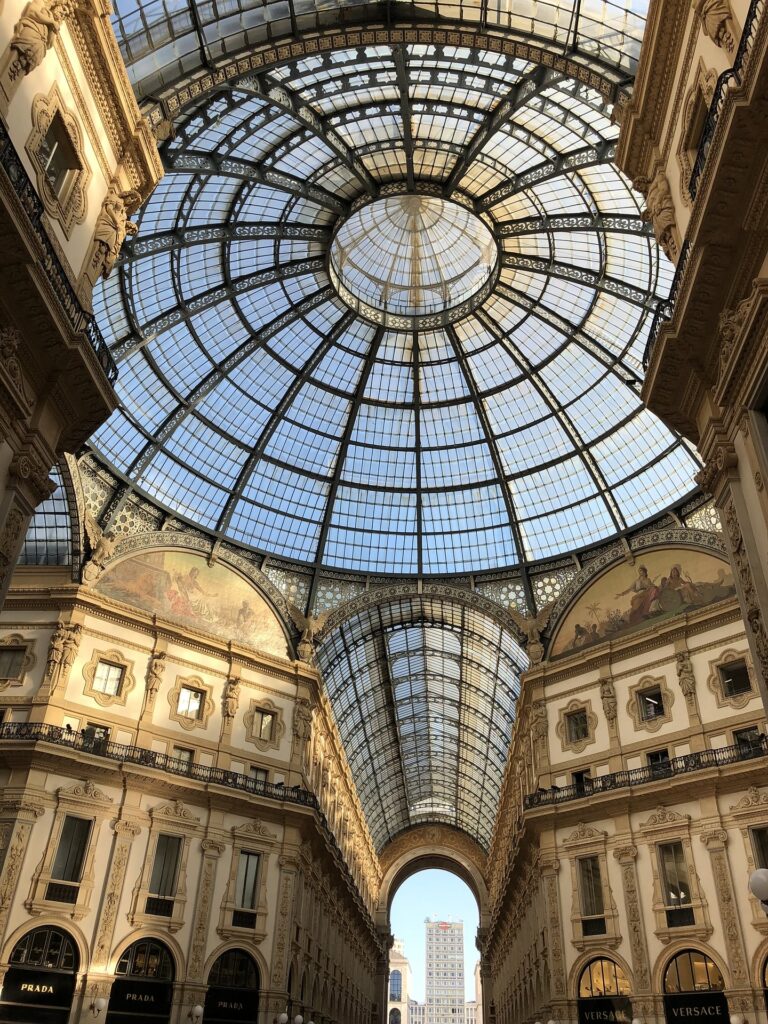
Milan
Milan, Lombard capital that stupefies for the emotions only it can offer, is a culture, modern, and lively city that is rich in beauty and artistic masterpieces. The Duomo, or Cathedral, with its luminous, marble (from Candoglia) façade and late-Gothic architectonic style, is the monumental symbol for this metropolis in Northern Italy. From its heights, reaching to the feet of the famous Madonnina statue, visitors can enjoy a unique panoramic view dominated by the church’s 135 pinnacles pointing towards the sky and reigning over the entire city. In the heart of the city rises the Palazzo Reale, seat of the Communal Government of Milan, and the historic halls of which host frequent and important art exhibits. This “Capital of the North” also bears a significant religious aspect, with its many historic churches also esteemed for their particular artistic attributes. Among these are the Basilica of Sant’Ambrogio; one of the city’s oldest churches, Sant’Ambrogio was built in the 300s, and is the height of the Lombard Romanesque. Also of great artistic importance is the Church of Santa Maria delle Grazie, where Leonardo da Vinci painted his breathtaking The Last Supper between 1495 and 1497.
Amalfi Coast
Amalfi Coast is the land where the sweet scent of lemon blossoms harmonizes itself with the most aromatic one of the Mediterranean vegetation and the acrid aroma of saltiness, where the brilliant colors of the majolica domes, bougainvillea and carnations pergolas give an evident colored touch to the typical whitewashed houses, clinging to the last offshoots of the Lattari Mounts that plunge dramatically into the sea. A vertical landscape, in short, characterized by a picturesque labyrinth of stairways and narrow alleys, connecting the two main elements of this landscape: the mountains and the sea. A continuous succession of headlands and inlets, bays and fjords, interspersed with pebbled beaches and rocks on which you can still see the ancient viceregal towers, the first bulwark of the local population against the Saracen attacks. The shift from the sea to mountain is seamless: the mountain sides were terraced over the centuries, shaped by human labor to create flaps of arable land and already compared, during the Renaissance period, to the legendary Hesperides by the Italian writer and naturalist Giambattista Della Porta. There are 13 towns spreading across a strip of land kissed by the sun and declared by UNESCO “World Heritage Site”.Amalfi, the town that gives its name to the coast, is situated at the mouth of the Valle dei Mulini.
Naples
Naples is a vast city located on the western coast of Italy facing the Tyrrhenian Sea. This colossal metropolis is the third largest city in Italy behind Rome and Milan with a population of 975,000 and a greater metropolitan population of over 3.1 million. It lies on the west coast of the Italian peninsula. On its celebrated bay—flanked to the west by the smaller Gulf of Pozzuoli and to the southeast by the more extended indentation of the Gulf of Salerno—the city is situated between two areas of volcanic activity: Mount Vesuvius to the east and the Campi Flegrei (Phlegraean Fields) to the northwest. Naples is located near the midpoint of the arc of hills that, commencing in the north at the promontory of Posillipo and terminating in the south with the Sorrentine peninsula, form the central focus of the Bay of Naples. Due to the extensive history of this region, Naples is full of historical buildings, squares and churches plus a host of modern amenities.
Capri
Capri is a small inhabited island that is known for its dramatic scenery, rugged coastline dotted with beautiful caves and its quaint and charming Italian villages.
A boat trip from Naples harbour takes just under two hours and there are regular ferries that travel between the island and mainland, and neighbouring Sorrento.
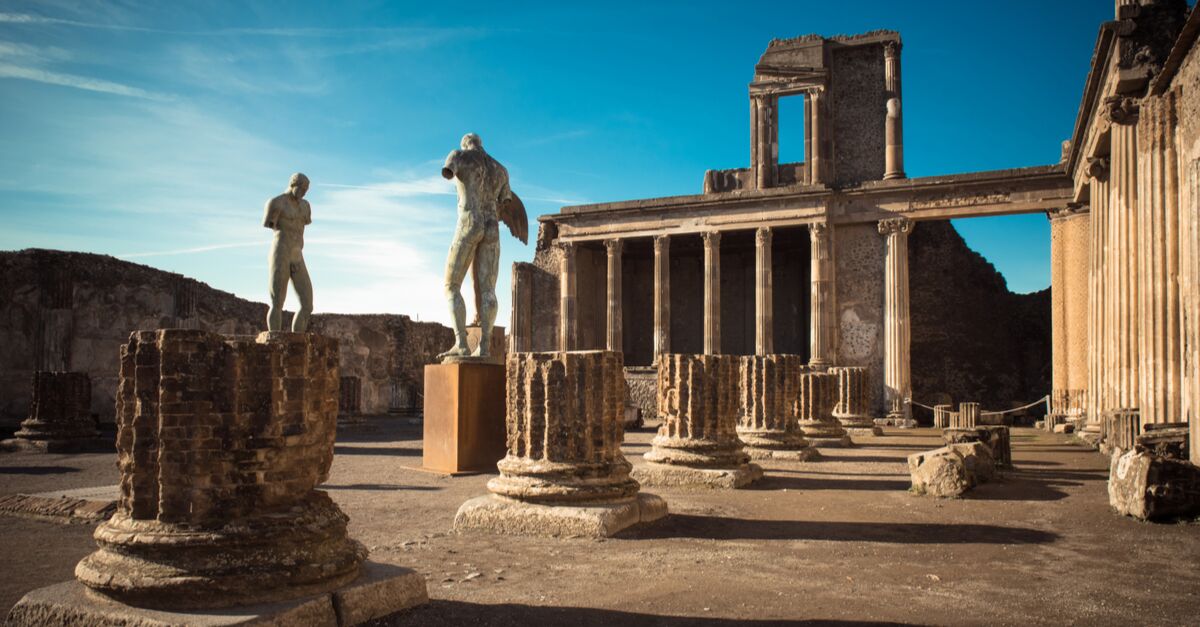
Pompeii
was an ancient city located in the modern comune of Pompei near Naples in the Campania region of Italy. Largely preserved under the ash, the excavated city offered a unique snapshot of Roman life, frozen at the moment it was buried, and an extraordinarily detailed insight into the everyday life of its inhabitants. Pompeii is a UNESCO World Heritage Site and is one of the most popular tourist attractions in Italy.

Sicily
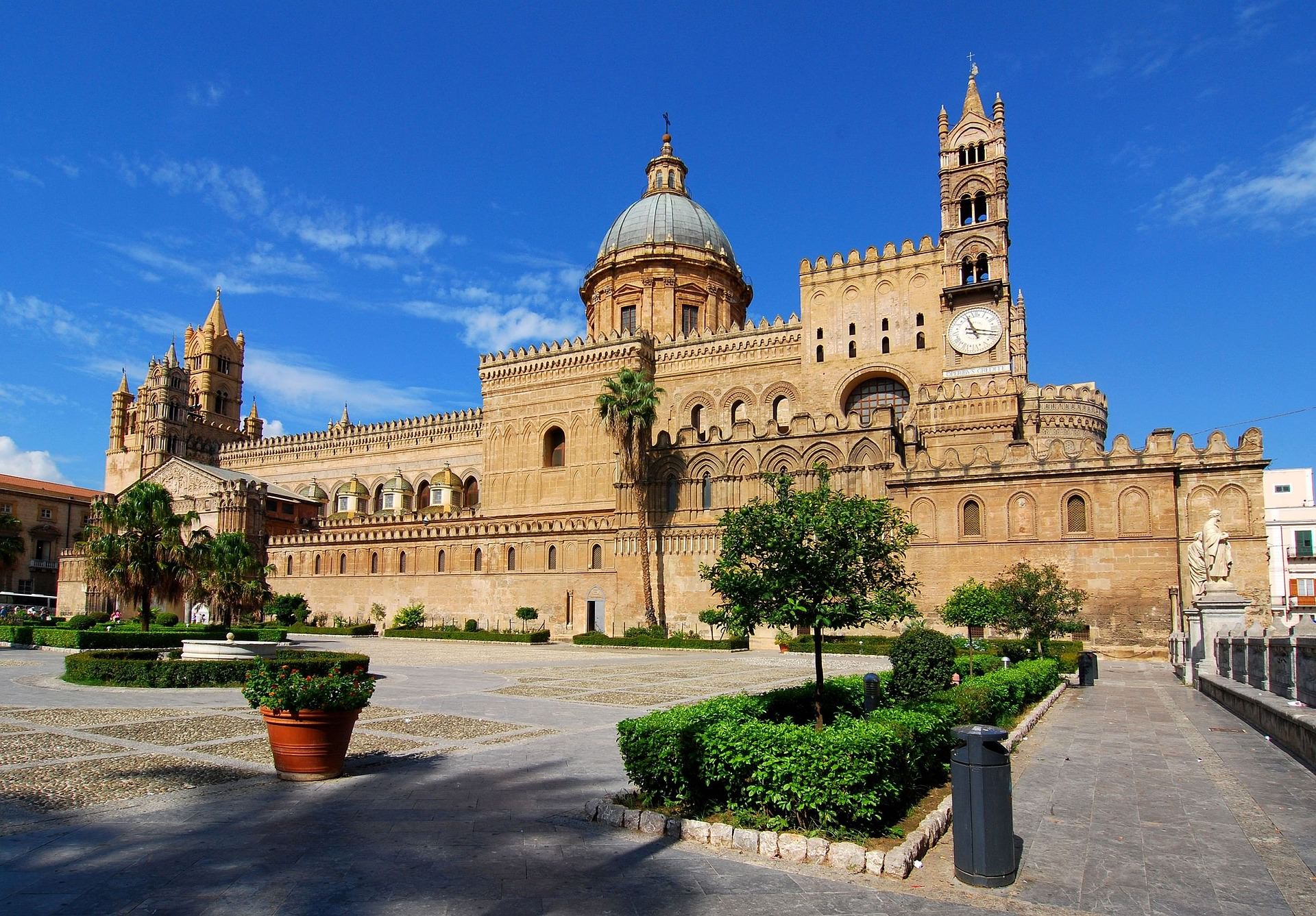
Palermo
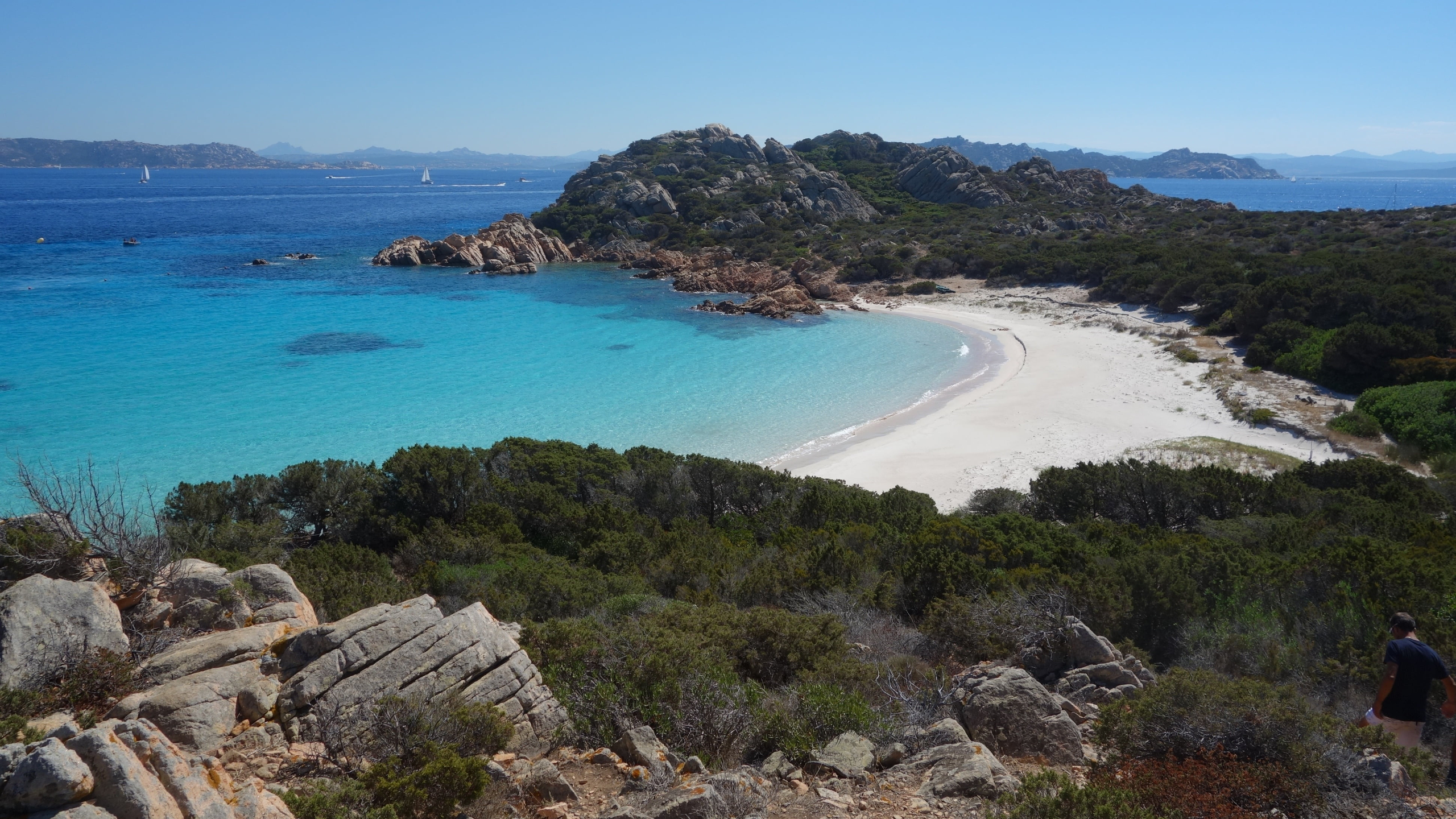
Sardinia

Insular Italy
Interesanting facts:
- Italians are famous for their inventions and discoveries. The Italian explorers Christopher Columbus and Amerigo Vespucci discovered the Americas while Marco Polo explored the East.
- Leonardo da Vinci was a scientist and artist who was the first to prove the world is round and not flat.
- Alessandro Volta, was the prioneer who did studies in electricity, hence the name ‘Volt’ describing a unit of electricity.
- The Italian main dishes contain: pork and beef, seafood as well as potatoes, rice and pasta (wheat and egg noodles) products and of course, tomatoes.
- Italy’s largest island is Sicily. This island is also the largest island in the Mediterranean Sea.
- The highest mountain peak in Italy is Monte Bianco, better known as Mont Blanc, which is 4 807 m or 15 776 ft. high.
- The longest river in Italy is the Po River in Northern Italy with a length of 652 km/ 405 miles.
- Lake Garda is the largest lake in Italy. It is located in northern Italy and famous for its mild climate and winds that attract many surfers to its shores.
- The longest border to any neighbouring country is shared with Switzerland. This border is 698 km/ 434 miles long.
- The Etna is the most active volcano in Europe. It is located on the island of Sicily.
Pizza is surely one of the most famous exports and in Italy it is usually baked in a wood-fired oven and very thin, but loaded with fresh vegetables or thinly sliced ham, salami, artichokes or olives. The Italian pasta is renowned worldwide and there are more than 200 different shapes.
Italians love their food and many dishes are based on fresh vegetables and seafood too. There are delicious sweet cakes in Italy, like the Panettone (a yeast cake with raisins), Panforte (a hard and flat fruit cake) and almond pastries like amaretti. Here is some typical Italian food: Pizza, Calzone, Pesto, Gelato- ice-cream is an Italian invention, Lasagna, Mozzarella.
Italians love their food, which is usually prepared freshly by ‘la mama’, the mother, or the nonna, the grandmother.

